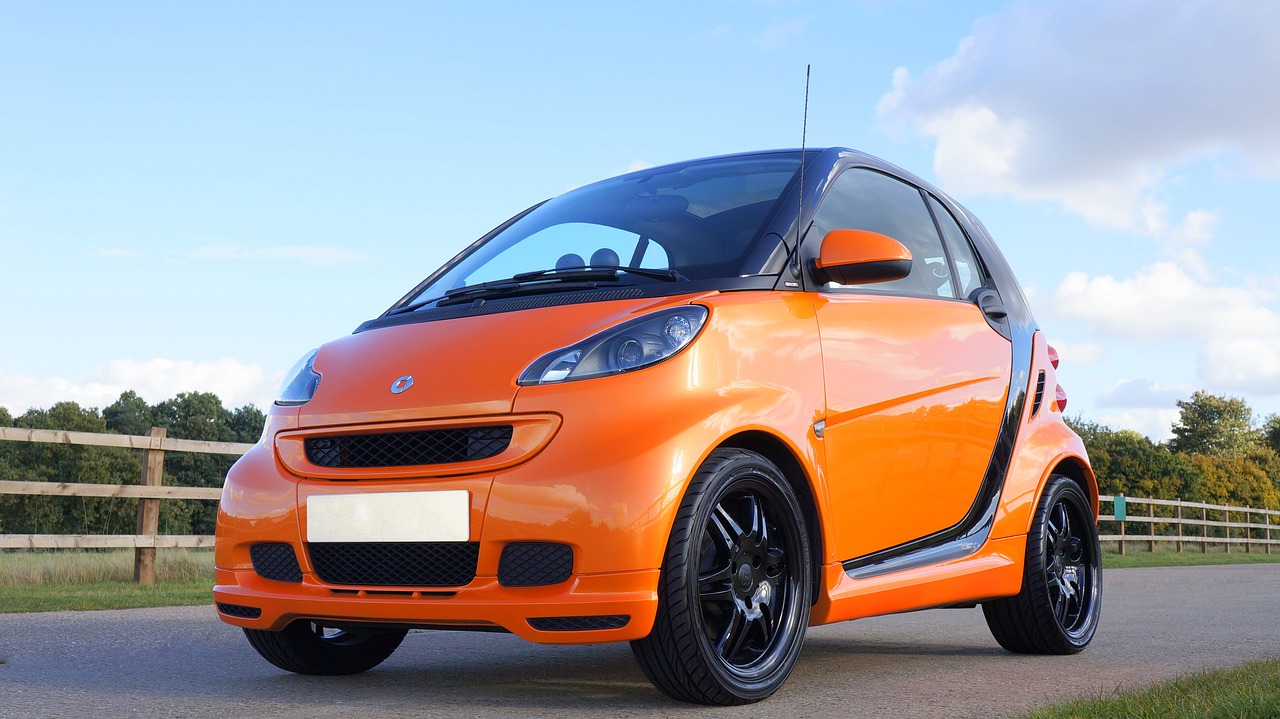
Vocabulary:
I will read the words, meanings, and sample sentences. Then, repeat after me.
- commonly /KOM-uhn-lee/
- indicator /IN-di-key-ter/
- innovation /in-uh-VEYn/
- foresee /fawr-SEE/
- imminent /IM-uh-nuhnt/
[adverb] – often or usually
Injuries commonly happen to basketball players.
[noun] – something that shows what a situation is like
The car’s speedometer and temperature indicator were broken.
[noun] – (the use of) a new idea or method
The latest innovations in computer technology help in creating better cars.
[verb] – to know about something before it happens
I don’t foresee any difficulties so long as we keep working hard.
[adjective] – coming or likely to happen very soon
He warned that a pandemic was imminent.
Article reading:
Please read the whole article. Then, I will check your pronunciation and intonation.
Tires are commonly thought of as large circular hunks of black rubber that simply roll down the lane. We don’t give them much thought before something goes wrong and you’re stuck waiting for help or digging the spare from the trunk. If tires could communicate, they would demand more respect. Perhaps you should avoid allowing them to become under-inflated and worn out. Alternatively, they may warn you of a nail in the tread that will cause the tire pressure indicator light to illuminate in a few days. They can also assist you in driving more safely, stopping faster, and getting better gas mileage.
This type of smart tire technology is already in use, with tire manufacturers installing special sensors in specific tires. These innovations will eventually become popular, according to TJ Campbell, tire information and testing manager at the online retailer Tire Rack, because the information tires can provide is so critical. “If for no other reason than that this is the groundwork for completely autonomous driving,” he said, “I totally foresee that happening.” He believes that self-driving cars would have enough random variables to deal with without having to deal with unpredictable tire issues. The more notice of a possible problem, such as an air leak or worn treads, the better.
A self-driving car would also lack an experienced human driver’s sense for when the road surface is slippery or when the vehicle is on the verge of skidding. Computerized tire technology would predict imminent traction loss more easily and reliably than most cars’ existing stability and traction control systems. So if you don’t want to miss out on your tires getting tired, be sure to check out these smart innovations to save you and your vehicle the trouble.
This type of smart tire technology is already in use, with tire manufacturers installing special sensors in specific tires. These innovations will eventually become popular, according to TJ Campbell, tire information and testing manager at the online retailer Tire Rack, because the information tires can provide is so critical. “If for no other reason than that this is the groundwork for completely autonomous driving,” he said, “I totally foresee that happening.” He believes that self-driving cars would have enough random variables to deal with without having to deal with unpredictable tire issues. The more notice of a possible problem, such as an air leak or worn treads, the better.
A self-driving car would also lack an experienced human driver’s sense for when the road surface is slippery or when the vehicle is on the verge of skidding. Computerized tire technology would predict imminent traction loss more easily and reliably than most cars’ existing stability and traction control systems. So if you don’t want to miss out on your tires getting tired, be sure to check out these smart innovations to save you and your vehicle the trouble.
Discussion Questions:
I will read each question. Then, please answer them.
- What do you think about this line in the article, “If tires could communicate, they would demand more respect.”?
- What is your opinion about smart tires?
- Do you think the smart tire technology would be popular? Why do you think so?
- What do you think about self-driving cars?
- What are the benefits of self-driving cars?
Summarization
Please summarize the whole article using your own words and expressions. You will have one minute to prepare before you answer.
Describe:
Please explain the definition of each word listed below based on your understanding. You can provide example sentences if needed.
- stuck
- spare
- respect
- unpredictable
- stability